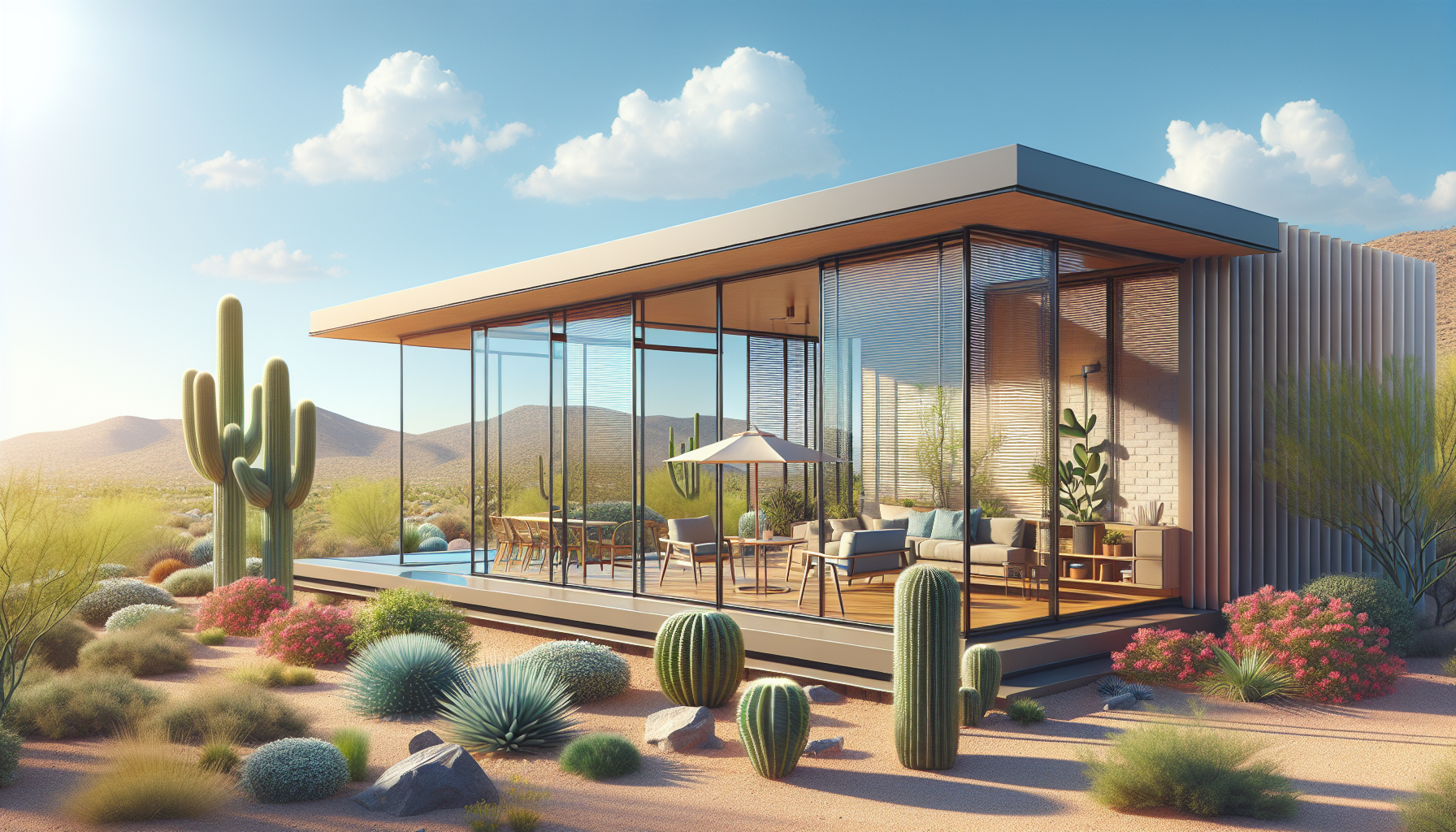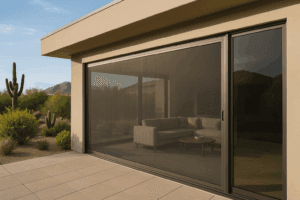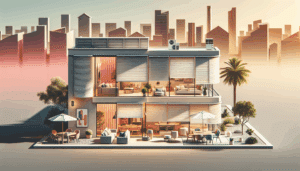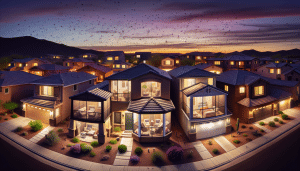If you’ve ever watched the late-afternoon sun pour across your sofa and felt a small panic—wait, is that the armrest losing its color?—you’re not alone. Homeowners in Phoenix, AZ stare down intense sun more often than they’d like, and many ask the same question: can Window Solar Screens really protect your furniture? Short answer: yes—mostly. But there’s nuance, and some trade-offs. Let me explain why they work, where they fall short, and how to get the most life out of your curtains, leather, and rugs without living in a cave.
Contents
- 1 Okay, here’s the thing: what exactly a solar screen does
- 2 How they protect fabrics, wood, and leather (and how much)
- 3 What variables actually matter (so you can make a smart choice)
- 4 Hold on—so they stop fading completely? Not quite.
- 5 When to use screens alone, and when to pair them with other solutions
- 6 Maintenance, lifespan, and what to expect in Phoenix
- 7 Costs, value, and how to think about ROI
- 8 Final thoughts—practical tips for Phoenix homeowners
- 9 Want to protect your home (and your stuff)?
Okay, here’s the thing: what exactly a solar screen does
Think of a solar screen like sunglasses for your house. It reduces glare, cuts heat, and blocks a chunk of the sun’s harmful rays. Most solar screens are woven fiberglass or polyester coated with vinyl; they’re mounted outside the window and intercept sunlight before it slams into glass and interiors. That outside placement matters—outside is where you stop the problem before it gets worse.
How they protect fabrics, wood, and leather (and how much)
UV protection is the big deal. Ultraviolet rays are the main culprit behind fading and fiber breakdown. A quality solar screen can block anywhere from 60% to more than 90% of UV rays, depending on the fabric and weave. That’s not a tiny improvement; it’s often the difference between a couch looking new for years versus succumbing to sun-bleached patches within a couple of seasons.
But protection is twofold. Screens also reduce visible light and heat. Less visible light means slower color fading. Less heat means less thermal stress on materials—wood dries and cracks, leather stiffens, and adhesives degrade faster when extremes repeat. So screens fight two enemies at once: light and heat.
What variables actually matter (so you can make a smart choice)
Not all screens are created equal. Here’s what changes performance:
- Weave/Opacity: Tighter weaves block more light and UV but can reduce outward visibility; looser weaves let you see out better but offer less protection.
- Material: Fiberglass is common; vinyl-coated polyester is durable. Some brands (think Phifer or regional specialty meshes) offer high UV block rates.
- Color: Darker screens usually reduce glare better. Lighter screens reflect heat but may lower UV blocking slightly.
- Installation location: Exterior-mounted screens are more effective than interior shades for blocking heat before it hits the glass.
Hold on—so they stop fading completely? Not quite.
Here’s a mild contradiction: screens dramatically reduce fading, but they don’t make it vanish. Even with 90% UV blockage, some dyes will slowly change over many years. Why? Because fading is cumulative and affected by multiple factors—UV, visible light, temperature swings, humidity, and the original dye quality. So yes, your rug will age more slowly, but expecting permanent, zero-change results is unrealistic.
That said, combine screens with smart interior moves—rotating cushions, UV-rated window films on specific panes, or sheer curtains—and you get a compounded benefit. The result: much longer furniture life and less panic when the sun comes through in the afternoon.
When to use screens alone, and when to pair them with other solutions
Use screens alone when: you want a strong exterior barrier that reduces heat and glare, preserves exterior sightlines, and requires relatively low maintenance. This is often enough for sofas, rugs, and wood furniture in many Phoenix homes.
Pair screens with other measures when: you have priceless antiques, fragile textiles, or windows that face intense, direct sun all day. Adding a high-quality interior window film (3M makes reputable films), UV-rated blinds from Hunter Douglas, or even strategic landscaping (trees or pergolas) gives layered protection—like combining sunscreen with a hat and a long-sleeve shirt.
Maintenance, lifespan, and what to expect in Phoenix
Solar screens are pretty low-maintenance. A quick hose-off once or twice a year and a gentle soap scrub will do. In Phoenix, where dust is a thing, you might rinse them more often—think spring and fall cleaning. Expect a lifespan of 7–15 years depending on material and exposure. Higher-quality meshes and professional installation will push that number up.
And honest note: extreme heat can make vinyl-coated edges more brittle over long stretches, so annual inspections are a good habit. Small tears or loose frames are fixable—don’t let a tiny snag become a major expense.
Costs, value, and how to think about ROI
Costs vary widely by window size, mesh quality, and whether you choose motorized or fixed screens. But here’s a practical way to think about it: compare the cost of screens to the cost of replacing or professionally restoring sun-damaged furniture or refinishing cabinets. Often, a screen system pays for itself over a few years through energy savings alone—the reduced AC load in Phoenix is real—and the extended life of your interiors is the icing on the cake.
Final thoughts—practical tips for Phoenix homeowners
Want a quick checklist? Here you go. Choose exterior-mounted screens where possible. Pick a tighter weave for rooms with direct sun. Combine with interior film or blinds for high-value items. And yes, get professional measurements—badly fitted screens defeat the purpose, like teeth without floss.
Want to protect your home (and your stuff)?
If you’re in Phoenix and ready to reduce fading, slash glare, and keep your furniture looking better longer, give Arizona Screen Company a call. We measure, recommend the right mesh, and install so the fit is perfect. You know what? It’s one of the easiest upgrades for comfort and long-term savings.
Call us at 480-771-2543 or Request a Free Quote to see what’s best for your windows and belongings.




